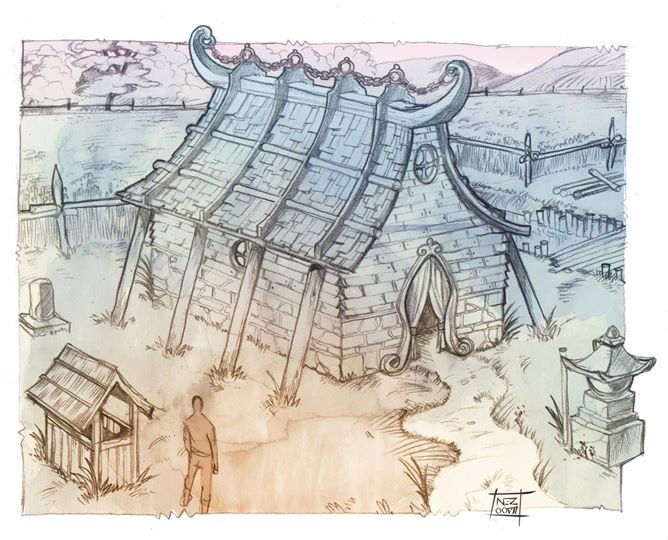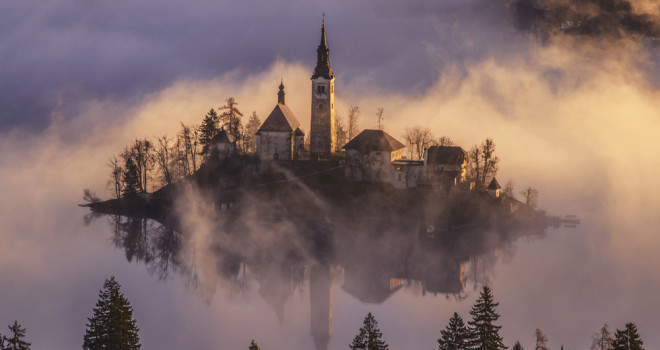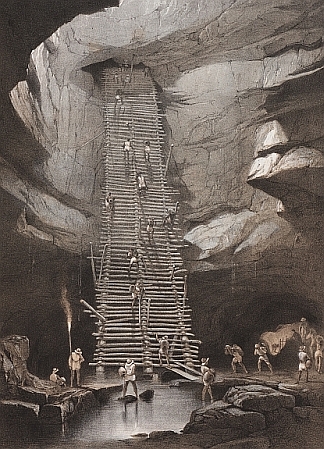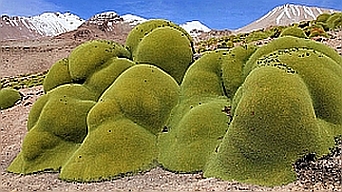Getting More Serious and Buyan
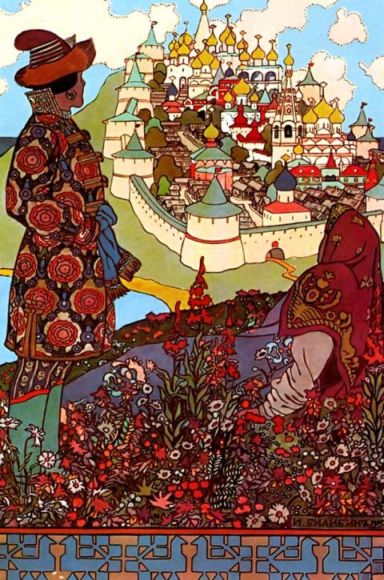
I’m trying to get more serious about my writing, which includes posts here, game material to sell or give away, my school blog, and some fiction. To help, I found the nearby illustration by Ivan Bilibin, an early 20th-century Russian artist who died during the Siege of Leningrad in 1941.
The adjacent picture shows Buyan Island as imagined by Bilibin. Contemporary Russian author Alexey Trekhlebov writes that Buyan sits near the Baltic Sea’s southern shore. Island denizens call two towns, Retra and Arkona, home. Retra houses the temple of Radgostu, the god of war and hospitality, while Sventovit, the god of war and fertility, presides as chief deity in Arkona.
Storytellers set many myths in Buyan. Some of the myths claim that all the weather in the world originates from Buyan, created there by Perun, god of thunder and lightning, and then sent out to the rest of the world. Owing to its magical properties, this amazing island disappears and reappears, perhaps at random, perhaps in accordance with Perun’s will, perhaps both.
Fabulous tales of Buyan’s wonders and wealth attract adventurers from all over the world. They brave hardship and danger, crossing monster-filled wilderness and hostile barbarian lands. Those that survive reach the sea’s shore maybe at the right time to see Buyan in the distance.
In the next several posts, I want to further explore Buyan, writing posts about some of its more exceptional people, places, and things. At least to a small degree, I’ll try to base my posts on both Bilibin’s art, much of which is in the public domain and available on the Internet, and on Russian and Slavic folklore and myth. To whet your appetite, my next post will feature Koschei the Deathless, who hides his soul on Buyan.
